 Before Superman, Batman, and Spiderman there was the Phantom. 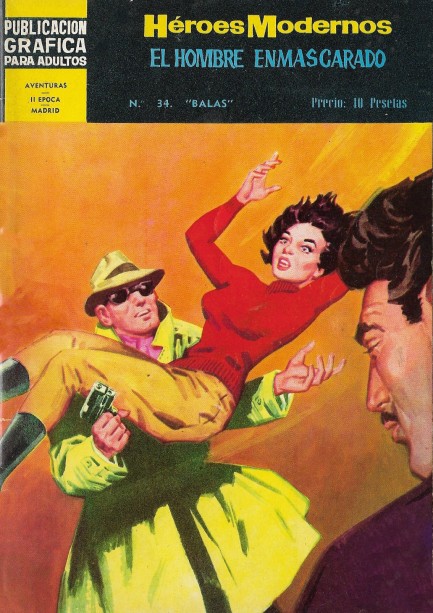
We picked up a copy of El Hombre Enmascarado late last year when we were passing through Granada, and in typical fashion, it's taken us almost a year to scan anything from it. But never let the early become the enemy of the late, or something to that nonsensical effect, so above you see the cover of issue thirty-four, written and illustrated by Lee Falk and published in 1960 by Editorial Dolar as part of its Héroes Modernos series. However, Dolar was merely translating a U.S. serial. There the main character was known as the Phantom, originating as a daily syndicated comic strip. This episode is titled “Balas,” or “Bullets.” The only credit inside is for Falk, but we're actually unsure whether he was the sole hand behind this. Although Falk was an artist, Phantom strips are generally credited to three cartoonists—Ray Moore, Wilson McCoy and Seymond Barry.
Falk invented the character of the Phantom in 1936, which makes him a precursor to modern superheroes. He even predates Superman, who came in 1936, and Batman, who arrived in 1940. His background is fun. During the age of piracy, Sir Christopher Standish was killed in an attack that his son survived. That son swore to fight evil in his father's name, and pledged that his descendants would too. So each new Standish generation inherits a costume and fights crime, perpetuating the idea among the public that the masked vigilante is immortal—a phantom. In addition to the costume he carries two pistols and two rings: one bears the image of a skull, which he uses to mark foes by slugging them in the jaw. The other ring is a peace symbol. His sidekick is a wolf and he also sometimes rides a white stallion. We've scanned a few interior pages plus the slightly defaced rear cover for your enjoyment. And perhaps—who knows?—we'll have more from the masked man later.
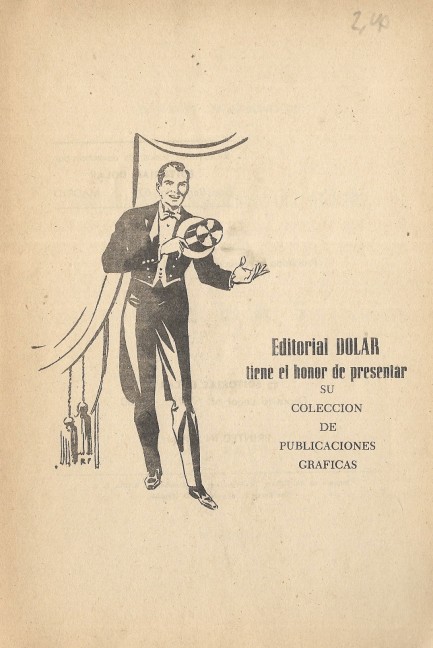 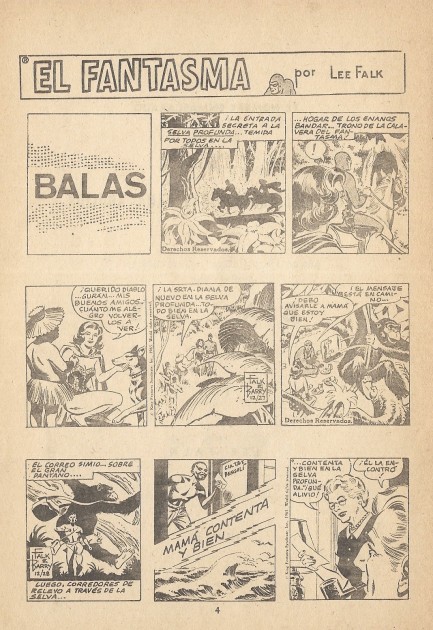 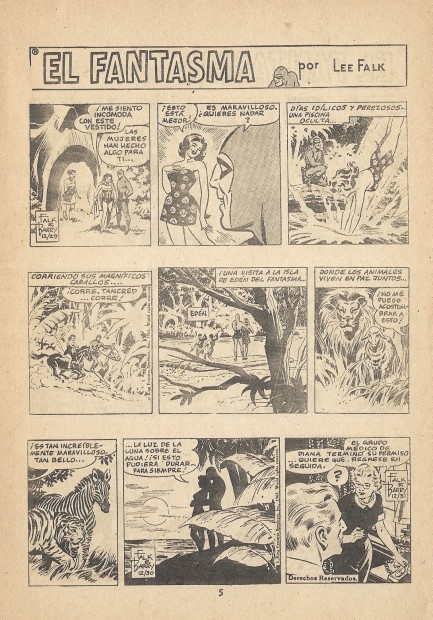 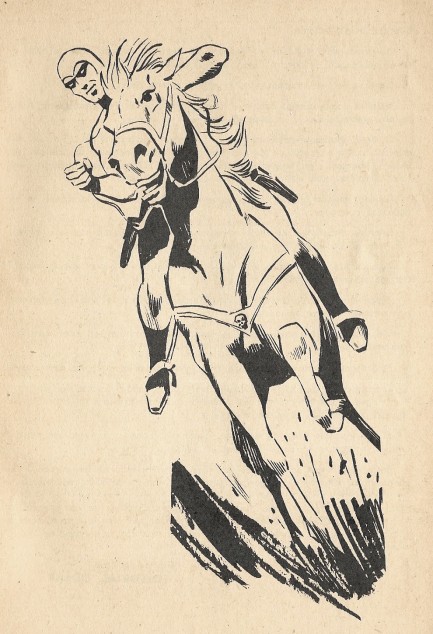 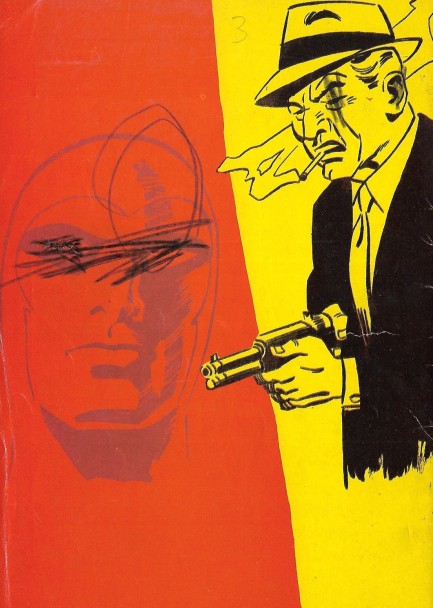
 Rudy Ray Moore explodes onto the film scene and people can't believe their eyes. 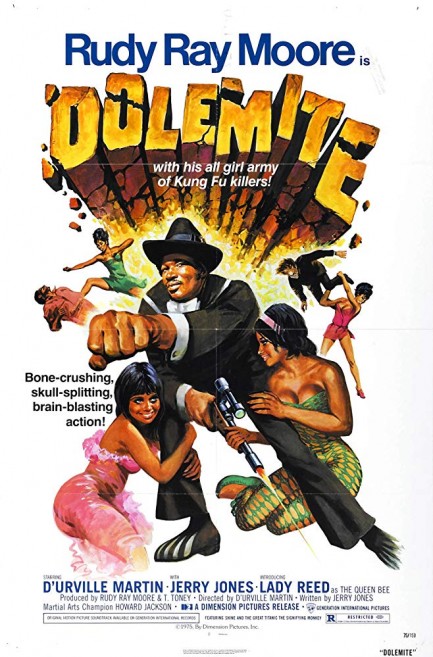
We said a while back after watching the blaxploitation flick The Human Tornado that we'd check out its progenitor Dolemite, and though it's taken years and a quarantine, we've finally arrived where we said we would. The premise of Dolemite is simply that the titular character is released from prison in order to prove his innocence of the charges that landed him inside for, so far, two years of a twenty year sentence. The motivation behind this for authorities is that crime has shot through the roof in Dolemite's Los Angeles neighborhood. If he can fix the problem he can earn a pardom. Sounds fine, he says, plus he plans to settle some old scores along the way.
Going into this you have to accept that man-boobed fat-ass Rudy Ray Moore is going to play an infinitely dangerous, athletically gifted, sexually irresistible urban crusader. In addition you have to accept that the low budget nature of the production means some of the acting will be face-palmingly atrocious. What you have left, then, after making concessions, is style, commentary, and comedy. Moore provides plenty of the first with his pimplike persona and occasional forays into rhyming slang, and commentary is built into the blaxploitation genre, but the comedy is dependent on how near to a sober state you are. We were far too near at first, less so later, and the film improved.
Some cinephiles will label you a cultural philistine if you dare to dislike Dolemite. They're wrong. Except for the musical numbers the movie is empirically terrible. Truly appreciating it may depend on how deeply you can immerse yourself into a contemporaneous mindframe where what you're seeing is unlike anything you've seen before (which is certainly how audiences of the era must have felt), and therefore impresses you with its freshness and grit. If you can do that, the microphones dangling in shots and bit players who struggle to remember their lines will fade, and instead Dolemite might impress you as a landmark entry in the blaxploitation canon, worth watching for that reason alone.
Then again it might not, because there are at least two-dozen better entries, and as a matter of respect for the genre that fact has to be admitted, no matter how many hipster reviewers with scraggly neckbeards tell you Dolemite is an overlooked gold nugget. It is what it is—a lower tier, lowest budget indie flick with a few legit laughs, such as when a cop sees that Dolemite has literally karate-clawed a guy's mid-section open, says, impressed, “God damn, Dolemite,” and administers a double-tap coup de grâce. But Moore would prove those flashes were luck, not skill, when he lensed the crushingly bad sequel a year later. Dolemite premiered in the U.S. today in 1975. 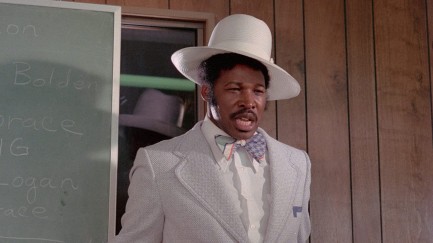 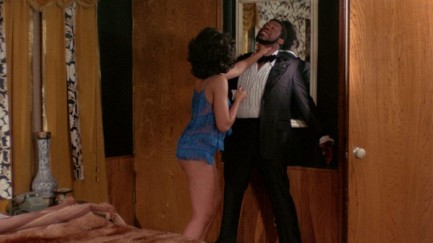 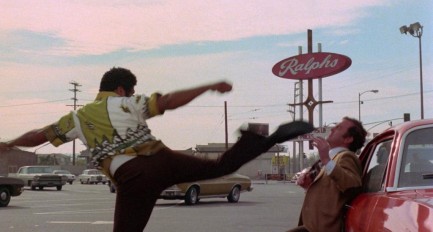 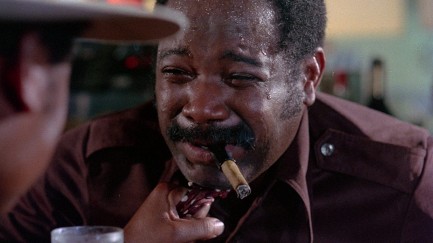 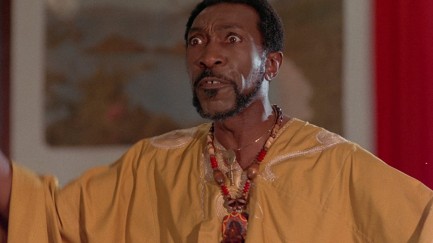 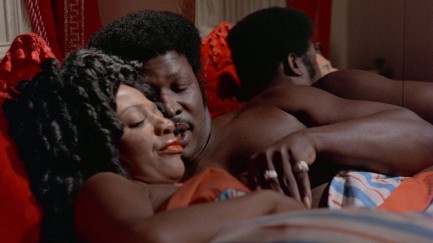  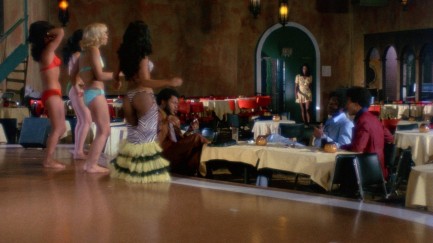 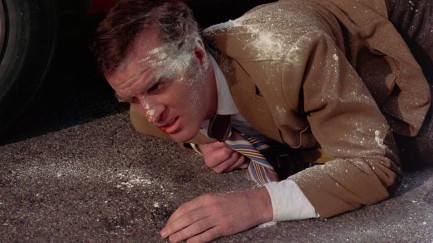 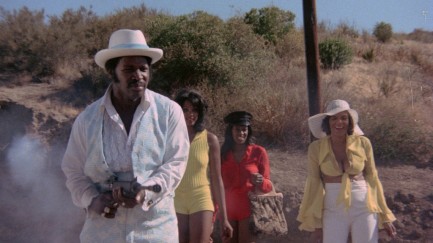 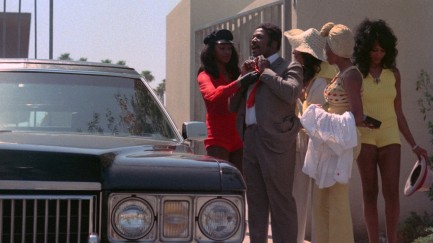
 There’s a dark cloud on the horizon. 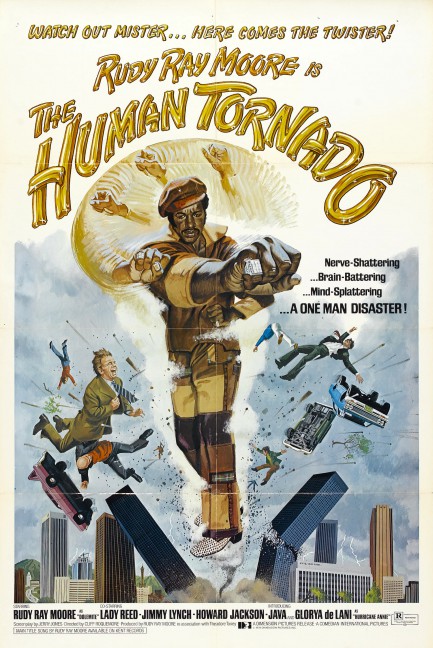
The Human Tornado is a movie that, as a blaxploitation spoof, doesn’t take itself at all seriously yet is still horrendous. Like really bad. Probably the hardest part of watching it is slogging through an opening stand-up bit by star Rudy Ray Moore that is cringe inducingly awful. After that you get a few flashes of cleverness surrounded by ninety minutes of disastrous writing, acting, direction, sound, editing, and future Ghostbuster Ernie Hudson. All of this is good fodder for witty viewers, perhaps, but does not entertain those who are not fans of bad cinema. Which is to say, this one may have put the Pulp Intl. girlfriends off low budget movies forever. Again. But we will forge ahead, bravely, on our own, because The Human Tornado was the middle of three movies starring Moore’s creation Dolemite, and we’ll be watching the other two entries in the franchise, come hell, high water, or cyclonic winds. The Human Tornado premiered in the U.S. today in 1976.
|
 |

The headlines that mattered yesteryear.
1945—Mussolini Is Arrested
Italian dictator Benito Mussolini, his mistress Clara Petacci, and fifteen supporters are arrested by Italian partisans in Dongo, Italy while attempting to escape the region in the wake of the collapse of Mussolini's fascist government. The next day, Mussolini and his mistress are both executed, along with most of the members of their group. Their bodies are then trucked to Milan where they are hung upside down on meathooks from the roof of a gas station, then spat upon and stoned until they are unrecognizable. 1933—The Gestapo Is Formed
The Geheime Staatspolizei, aka Gestapo, the official secret police force of Nazi Germany, is established. It begins under the administration of SS leader Heinrich Himmler in his position as Chief of German Police, but by 1939 is administered by the Reichssicherheitshauptamt, or Reich Main Security Office, and is a feared entity in every corner of Germany and beyond. 1937—Guernica Is Bombed
In Spain during the Spanish Civil War, the Basque town of Guernica is bombed by the German Luftwaffe, resulting in widespread destruction and casualties. The Basque government reports 1,654 people killed, while later research suggests far fewer deaths, but regardless, Guernica is viewed as an example of terror bombing and other countries learn that Nazi Germany is committed to that tactic. The bombing also becomes inspiration for Pablo Picasso, resulting in a protest painting that is not only his most famous work, but one the most important pieces of art ever produced. 1939—Batman Debuts
In Detective Comics #27, DC Comics publishes its second major superhero, Batman, who becomes one of the most popular comic book characters of all time, and then a popular camp television series starring Adam West, and lastly a multi-million dollar movie franchise starring Michael Keaton, then George Clooney, and finally Christian Bale. 1953—Crick and Watson Publish DNA Results
British scientists James D Watson and Francis Crick publish an article detailing their discovery of the existence and structure of deoxyribonucleic acid, or DNA, in Nature magazine. Their findings answer one of the oldest and most fundamental questions of biology, that of how living things reproduce themselves.
|

|
|

It's easy. We have an uploader that makes it a snap. Use it to submit your art, text, header, and subhead. Your post can be funny, serious, or anything in between, as long as it's vintage pulp. You'll get a byline and experience the fleeting pride of free authorship. We'll edit your post for typos, but the rest is up to you. Click here to give us your best shot.

|
|


























































































